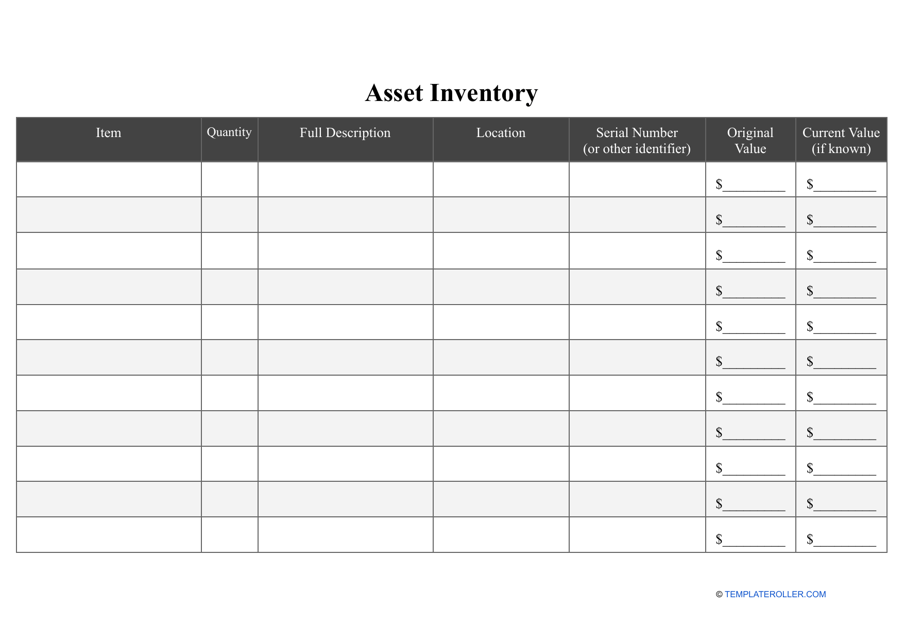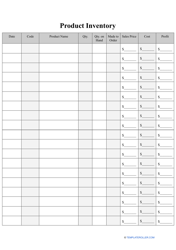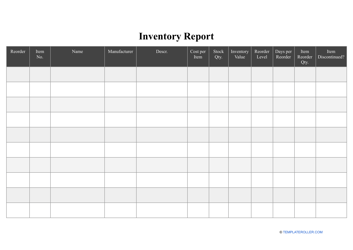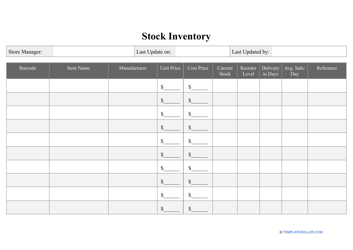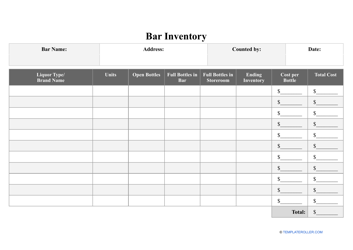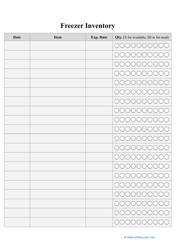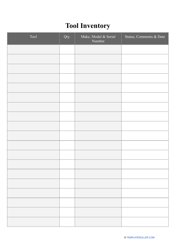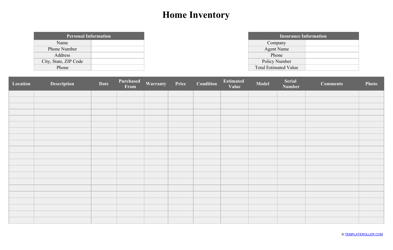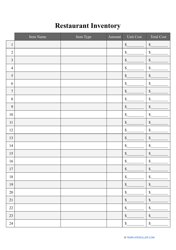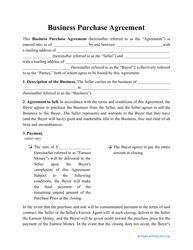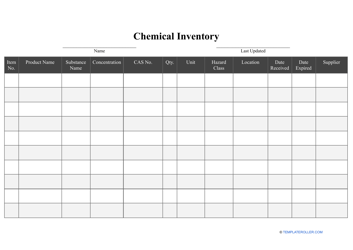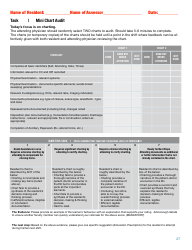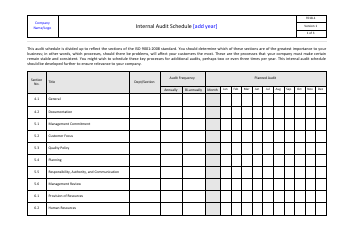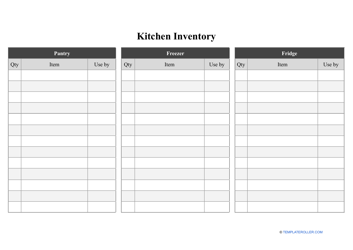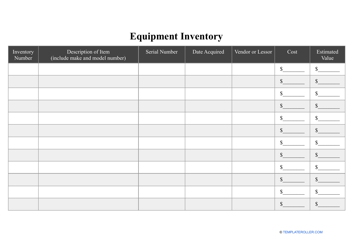Asset Inventory Template
What Is Asset Inventory?
An Asset Inventory is the process by which a company names and describes the assets it has. These might include a variety of various resources which includes both non-physical assets like copyright laws as well as physical assets like real estate and tools. The latter may require a specific type of inventory - a Fixed Asset Inventory.
Inventory management is the most effective method of stock control, a process by which a company can keep a tight record of the assets it possesses in order to monitor and evaluate various factors which include but are not limited to:
- The geographical location, this will tell you where a specific asset can be found;
- The upkeep needs of the named assets with details concerning the frequency and any known prices for these jobs;
- Information about the change of value of an asset over a specific period of time and the reasons for this;
- The efficiency that the assets are bringing;
- Disposal or any changes in an asset.
The financial reporting for your business must incorporate a strong system for controlling stock supplies. This also ensures that such company is utilizing its resources in a structured and economical manner and that management has complete knowledge of the resources it possesses.
An Asset Inventory template can be downloaded by clicking the link below.
Why Is Inventory an Asset?
Many individuals may ponder the question - is inventory an asset? In actual fact, your financial documents will note down inventory as an asset since it costs money to purchase and also has worth. Just about everything that a company plans to keep on hand for potential utilization in daily organizational operations can be classed as inventory.
Such descriptions include products that an organization has purchased to sell, like hats and gloves for example for a retailer. In addition, it also includes any materials that an organization possesses which can be used to create products such as nuts and screws if your company makes custom furniture, for example.
Inventory also includes completed goods that have been created but are still in the process of being sold. Although these aren't included in company product costs, consumables like staples that an organization can utilize for the maintenance of a company's operations rather than resell them also qualify as inventory.
What Is a Non-Inventory Asset?
A Non-Inventory Asset is a kind of asset which is bought or traded but their numbers are not monitored. Assets like this are bought for business use and projects that require specialized products.
In a summary, non-inventory assets are those assets that businesses purchase (often for a particular client) and then either sell right away, deploy right away or sell without purchasing directly. Therefore there is no need to actually keep a record of this information for inventory purposes as these assets do not in any way affect the inventory. There is no requirement to ensure that they are always in stock as this would be a complete waste of time and this would not provide any valuable information.
How to Manage Asset Inventory?
Keeping a detailed note of all the assets your organization possesses will ensure that standard business operations run smoothly. It will allow a company to know exactly where any asset is at any given moment, rather than waiting for an asset to be lost before attempting to find out where it is.
As a business, one cannot simply risk losing valuable machines, crucial equipment or tools because the business is unsure of what is currently in possession. Because of this, maintaining an asset management system is essential for a company. You can accurately understand everything you have, the condition, and what needs to be done to maintain the assets in a functional state by maintaining an inventory. We have compiled a list of top tips for you to take into accounting when managing your asset inventory which can be found below:
- Calculate how much stock you have . Even if a company only has a small number of assets to handle, nevertheless you must still allocate some time in the day to do it. It is probable that you'll require the use of some sort of system or software in order to assist the management, particularly if you have a large number of assets. You only have to conduct a tour of your business to estimate your stock;
- Determine who is charged with overseeing your stock . You may require more than just 1 individual to assist you keep inventory, this number will based on the number of assets that are in possession. Think about whether or not it is necessary for the company to monitor their possessions, or can this be designated to one member of the team to handle?;
- Having the appropriate data is essential for effective monitoring . This entails being aware of the worth, lifespan, and present condition of your assets. Although entering all of this data into something like a database may appear to be an enormous undertaking, doing so will ultimately preserve you a significant sum of cash and priceless time. The added bonus of this is that it lets you monitor all assets and not just those that are currently being entered into a database which simplifies the process when new assets are acquired;
- Use an appropriate way of recording this information . Instead of paying for expensive software, perhaps you may benefit from a simple spreadsheet.
Still looking for a particular template? Take a look at the related templates below:
